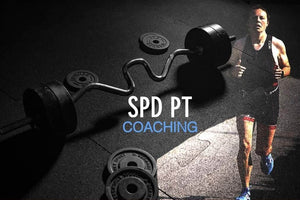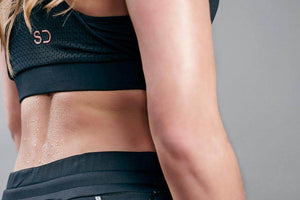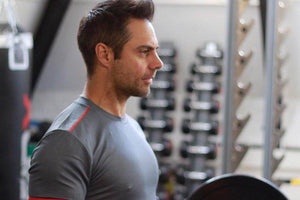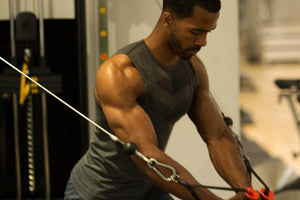
Read on to find out why you need to be adding this dynamic exercise into your fitness routine. How do you perform a kettlebell goblet squat? We explain with pictures.
Kettlebell Goblet Squat Benefits
Depth
By holding the weight of the kettlebell in front of you, it is easier to balance in a deeper squat. Performing squats with as much depth as possible is always preferable as it will work your muscles better and really target your glutes, a muscle group that can often go neglected.
It’s better for those with back injuries
Unlike the traditional back squat, the goblet squat is executed by keeping the body in an upright position, which results in less strain on the lower lumbar and spine.
It adds variety to your routine
Adding different squat variations challenges your body to stabilise during new movements to develop greater strength and function.
It mobilises the hips through a full range of motion
Goblet squats are great for developing better hip mobility, improving strength through the full range of motion.
Goblet squats are volume friendly
Goblet squats aren’t designed for your one rep max. Instead, they are volume friendly, meaning you can do several repetitions for hypertrophy or endurance training. Keep your heart rate up by working to time rather than a set number of repetitions.
Develop grip strength
Goblet squats require you to develop grip by holding the weight in front of your chest. This static position loads the forearms and increases grip strength.
Statically train the biceps
Holding the kettlebell in front of your chest to perform a goblet squat is technically isometric loading of the biceps. Whilst they won’t take the full brunt of the load as they are supported by other muscles, it all helps.

How do you hold a kettlebell goblet squat?
- Grab your kettlebell by the horns and hold it with your biceps flexed, in front of your chest.
- Take a wide stance. Your feet should be just outside shoulder width, with your toes pointed slightly out.
- Sink your weight back into your heels and drop into your squat. Focus on keeping your chest lifted, draw your shoulders back and don’t let your back arch.
- Go as low as you can in the squat without letting your heels come off of the floor and keeping the kettlebell in a static position. If your heels lift, try taking a slightly wider stance.
- As you reach the bottom of your squat, allow your knees to point out before driving up to return to the start position.

Kettlebell Goblet Squat to Press
For a more advanced version of the goblet squat, try the squat to press exercise. To perform this move, repeat the steps above but this time instead of holding the bell with both hands as you drive up, set the bell down on the floor at the bottom of the movement and grip it with only one hand.
Now, as you explode up, flip the bell to sit on the back of your wrist at your shoulder and drive it up above your head. The bell should be dragged halfway diagonally across your chest and then flip to the back of your wrist just before you reach your shoulder.
Flip the bell back down and grab with the other hand to goblet squat, before repeating the motion on the other side.
The better you get at this the less likely you’ll be to bruise your wrist, although it’s probably best to move your watch out of the way.
Kettlebell Training Progression














